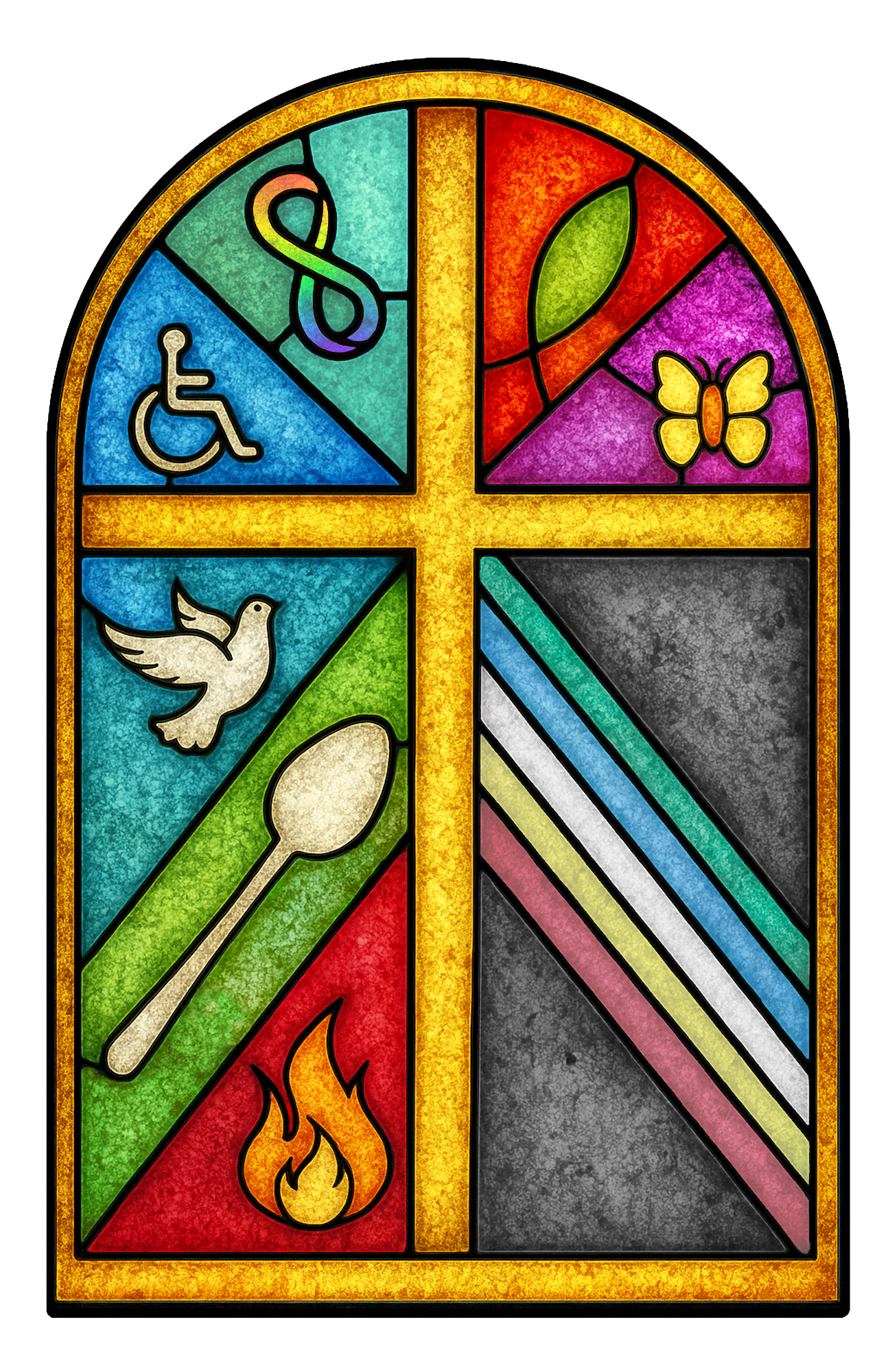Faith, Theology, and Ministry Accessibility 1. Does the church affirm that all people, including disabled individuals, fully reflect the image of God?
Affirming-All are made in God’s image Affirming that every person bears God’s image is a core belief in most Christian traditions. When this truth includes disabled people, it reinforces belonging and dignity. This understanding moves the church from seeing disability as brokenness to seeing it as part of divine diversity.
2. Are congregants encouraged to see God’s power revealed through human difference and interdependence rather than perfection or strength?
God’s power revealed through human difference Scripture often reveals God’s power through vulnerability and community rather than through self-sufficiency or physical strength. When churches celebrate interdependence, they honor how all members contribute to the body of Christ.
3. Is accessibility understood and taught as an expression of God’s love, justice, and hospitality—not as charity or “extra help”?
Accessibility = Love When accessibility is seen as justice, it affirms that inclusion is essential to God’s kingdom, not optional. Viewing access as hospitality reflects Jesus’ ministry of welcome, where every person has a rightful place at the table.
4. Does the church critique ableist interpretations of scripture that marginalize disabled people?
Critique ableist interpretations Scripture has often been used in ways that equate disability with sin, punishment, or moral failure. Challenging these misreadings helps prevent harm and offers life-giving theology that honors disabled bodies and minds.
5. Are disability theologies explored in sermons, Bible studies, or teaching series as part of ongoing formation?
Exploration of disability theologies for ongoing formation Incorporating disability theology into teaching ensures that inclusion is sustained and normalized. It deepens understanding of the Gospel’s call to mutual belonging and reorients the congregation’s imagination of wholeness.
6. Are justice-oriented scriptures (such as Isaiah 61, Luke 4, and 1 Corinthians 12) connected to accessibility, belonging, and disability inclusion?
Connecting justice scriptures to accessibility and belonging These passages proclaim freedom, inclusion, and the call to build a body where every part is needed. Connecting them to disability helps congregations see accessibility as part of discipleship and mission.
7. Are sermons, songs, and prayers free from pity-based or stigmatizing language (for example, “blind to sin” or “lame faith”) and instead affirm dignity?
Avoid stigmatizing and pity-based language Language shapes theology. Using disability metaphors to describe moral or spiritual weakness reinforces stigma and exclusion. Respectful language reflects God’s love and affirms the full humanity of disabled people.
8. Do pastors and teachers interpret healing stories in ways that emphasize restoration, belonging, and community rather than cure or “fixing”?
Restoration/Belonging over Cure/Fix When healing stories are taught as examples of physical “fixing,” they can imply that disabled people need to be changed to be whole. Interpreting healing as restoration of community and relationship aligns with Jesus’ inclusive ministry.
Inclusive Leadership & Representation 9. Are disabled individuals invited and supported to serve in leadership and decision-making roles (pastors, elders, teachers, readers, worship leaders, or committee members)?
10. Are pastoral search and ordination processes inclusive of disabled candidates?
11. Do leaders intentionally nurture and celebrate the gifts of disabled members beyond “inspirational” storytelling roles?
12. Is leadership training and formation accessible to disabled members who wish to serve?
Teaching, Formation, & Education 13. Are children and youth programs inclusive of kids with disabilities, with needed supports and adaptations provided?
14. Are children taught that disability is a natural and valuable part of God’s diverse creation?
15. Do adult education programs, small groups, and Bible studies include and empower disabled participants as teachers, readers, or contributors?
16. Do theological education and leadership formation explore how disability shapes faith, vocation, and belonging?
17. Are worship services designed with multiple ways to participate—through movement, silence, art, technology, or music?
18. Is communion or the Eucharist served in ways that ensure full participation for everyone?
19. Are rituals, readings, and prayers explained clearly for those who are new, neurodivergent, or need extra support?
20. Are worship spaces arranged to support participation by all (for example, accessible communion tables, clear sightlines to interpreters, and space for assistive technology)?
21. Are disabled members regularly included in visible and meaningful worship roles (reading scripture, leading prayer, sharing testimony, or music)?
Mission, Outreach, & Community Engagement 22. Are church events, retreats, and service projects held in accessible spaces with clear routes and restrooms?
23. Are transportation, lodging, and scheduling needs considered when planning mission trips or service events?
24. Are partnerships formed with disability-led or disability-serving organizations in the community?
25. Are outreach and service projects designed around mutual partnership and equity rather than charity or pity?
26. Are cultural attitudes about disability discussed as part of mission preparation and reflection?
27. Are mission and outreach team members trained to use disability-affirming language and challenge ableist assumptions?
Justice, Advocacy, & Commitment 28. Does the church engage in advocacy for policies that expand access, equity, and inclusion in the wider community?
29. Is accessibility funding built into the regular church budget rather than dependent on special offerings or donations?
30. Are accessibility goals reviewed and celebrated as part of the church’s ongoing spiritual growth and community development?
Submit
